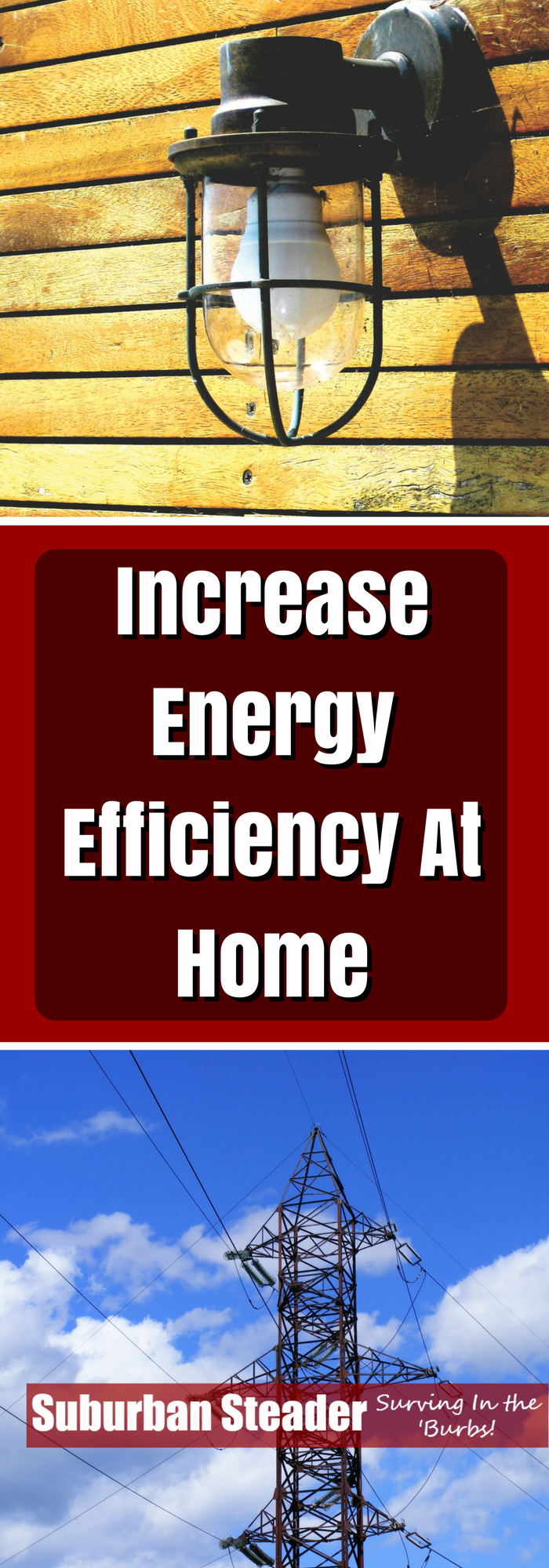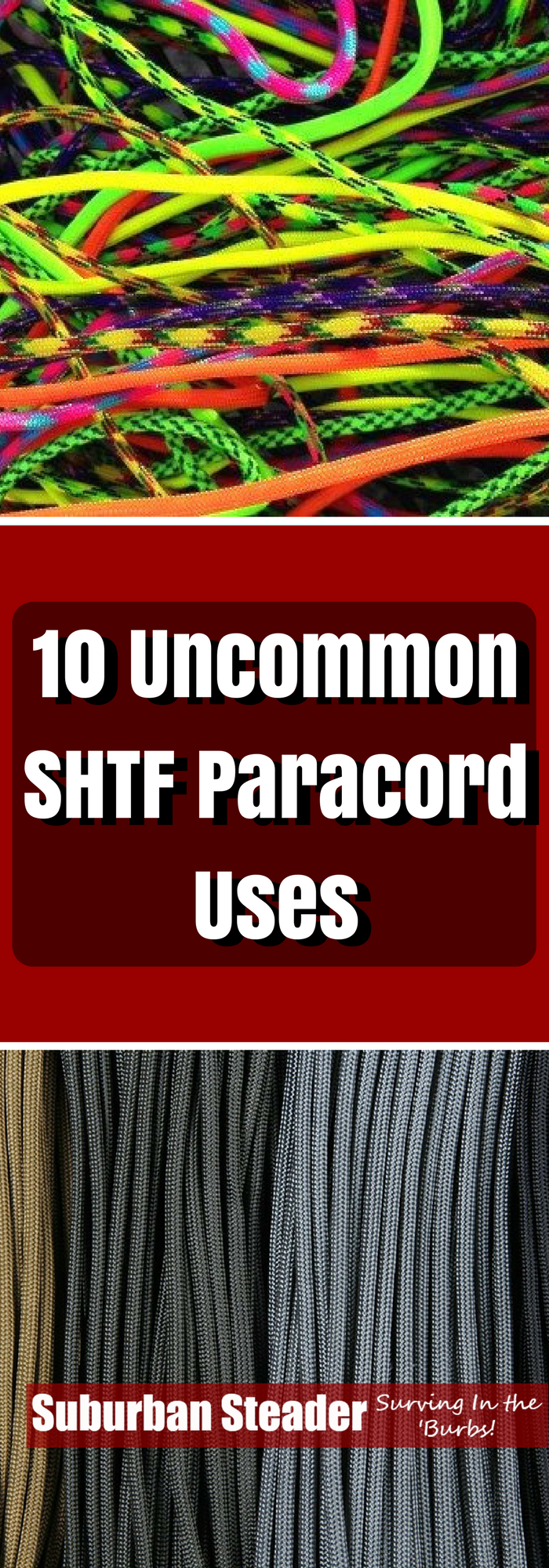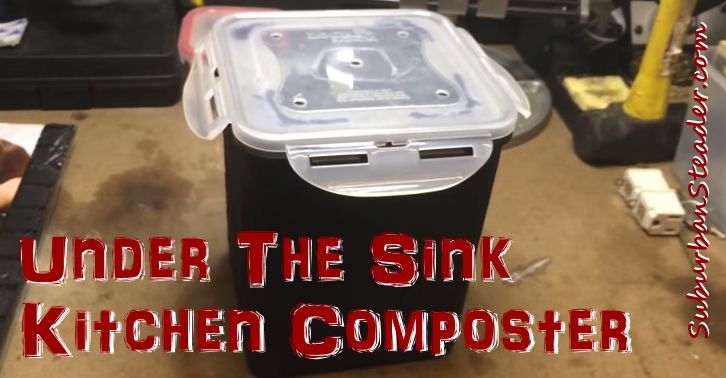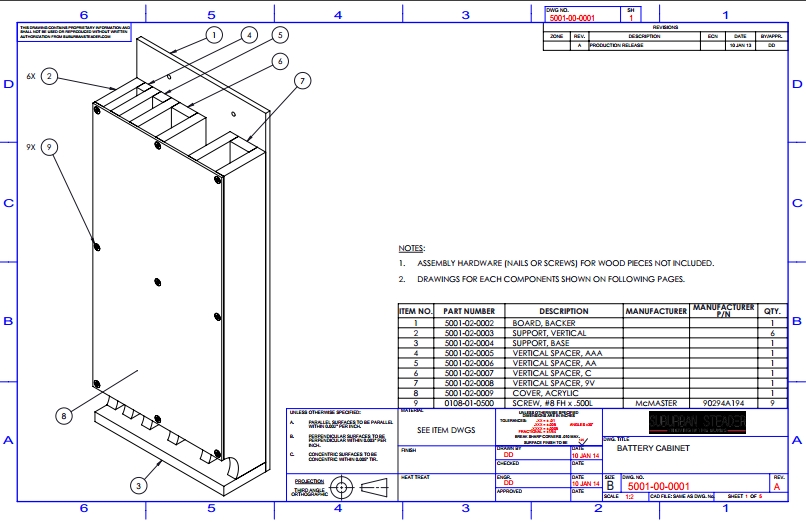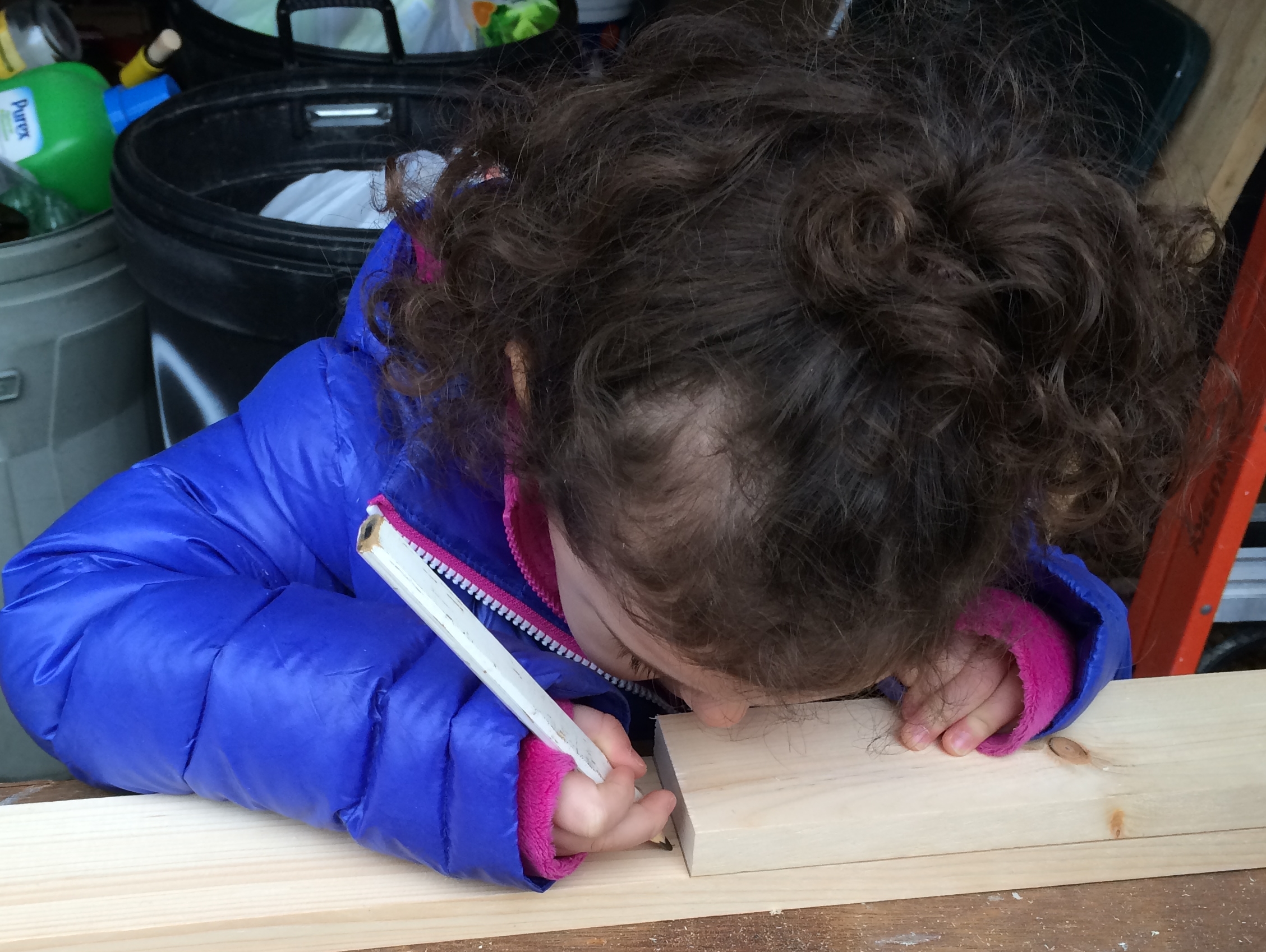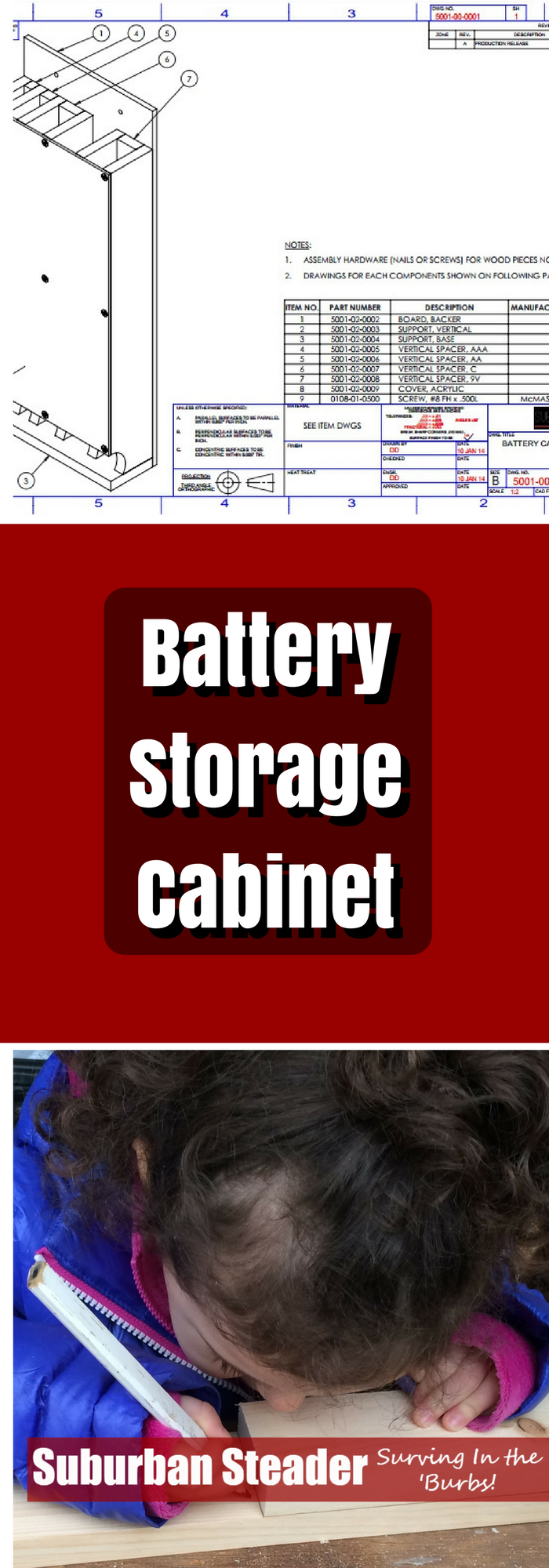Toolbox Build: Introduction
Tools and the act of building out a toolbox were a right of passage in my family. My grandfathers were both tradesmen – a welder and a naval diesel mechanic – and my father is a plumber. The ability to work with your hands was almost a requirement from the womb. All of these men were critical in both teaching me how to work with my hands but also how to properly use all different kinds of tools. Fortunately, these men also took great pride in helping me put together a toolbox that would help me later in life. In this article, I’ll introduce you to the methodology of building a toolbox for your suburban homestead and what kind of tools you should have in it.
Why Should You Have A Toolbox?
You’re a suburban homesteader, right? That means you have many different things to do on your property: re-plumb a faucet, get electricity to your shed, fix a hole in your wall, build a garden box, etc.
And you have the right tools to do that with, right? Right?
What’s that you say? You don’t have a fully outfitted toolbox?
It’s OK. I’m here to help you with that problem. Every suburban homesteader – heck, every person – should have a toolbox that is fully stocked to handle any problems you might run across at home. Having the right tools to fix any problem or complete any project you identify can save you hundreds, if not thousands, of dollars. It will also provide a sense of pride and accomplishment knowing that you’ve taken care of it at home.
Cost vs Quality
Quality trumps cost when it comes to tools any day of the week, and twice on the day something breaks around the house!
Being a suburban homesteader and the son of a professional plumber, I know the value of a quality tool. I also know the cost of an inferior, less expensive, tool.
It’s quite easy to go to Walmart today and put together a cheap, Chinese-made, tool set for less than $50. Anyone can do it. And guess what – they’re going to be replacing some of those tools after their first or second use.
If you spend the money and buy quality tools, you’ll be happier in the long run and spend less money over time.
So where do you start with buying quality tools?
I used to recommend leaning towards Craftsman tools. When I was growing up, they were pretty durable, American made, tools and they had a lifetime warranty (I think the hand tools still do). They weren’t overly expensive and could be found at any Sears store.
I still have a lot of Craftsman tools in my collection, but I lean towards Snap On tools right now if cost isn’t a concern. That being said, I have quality tools from all kind of vendors now including Craftsman, Snap On, Stanley, Irwin, and others. Sometimes it takes a little hunting and pecking, but you can find a quality tool from almost any manufacturer if you look hard enough.
Take Time Building Your Toolbox
You won’t build your entire toolbox right away, nor should you.
As I’ve already mentioned, it’s tough to afford a complete set right away. Add that to the fact you don’t know what you need and you’ve got a reason to build as you go.
My typical suggestion is to buy tools based on your needs. Start with a quality toolbox to place them in (see the next article in this series) and then grow from there. The next time you have a project to do – be it a repair or a new construction – buy the appropriate tools.
You’ll start to learn more about your preferences, what tools you like and what brands you prefer as you move through projects. Likewise, you’ll spend less money buying tools you don’t need and allow yourself to purchase higher quality tools.
All that being said, we’re going to spend the next few week laying out a basic toolbox and set of tools that every suburban homesteader and homeowner/renter should own.
Why You Should Trust Me
Why trust the Suburban Steader’s opinion on tools? He’s just some dude on the internet, right?
Not really.
I mean, I do write this blog, but I’m also a homeowner and suburban homesteader. In addition, I’m the son of a lifetime plumber.
Add all of that up and I can tell you that I’ve been using tools since pretty much the day I could walk.
I understand the demands of a suburban homesteader in building a toolbox and know what you’ll need. I’m also a mechanical engineer by trade. I know quality tools when I see them.
My Suggestions – Not Just Shilling Gear
I am going to make suggestions for specific tools as we progress through the weeks of this series. These tools are suggested for two reasons:
- I use them
- They pass my durability, cost and quality requirements.
I will provide links to buy these tools. And, yes, I do get a little kickback if you buy them through the link (there’s no additional cost to you). But, by no means should you buy these tools just because I said so. If I recommend a DeWalt tool and you like Makita, go with the Makita. I’m recommending tools that work for me and I believe will work for you. You have to decide what you like the best and build your home toolbox off those decisions.
But, by no means should you buy these tools just because I said so. If I recommend a DeWalt tool and you like Makita, go with the Makita. I’m recommending tools that work for me and I believe will work for you. You have to decide what you like the best and build your home toolbox off those decisions.
You have to decide what you like the best and build your home toolbox off those decisions.
That being said, I do appreciate any purchases you make through the links I provide as it helps support Suburban Steader and keeps the content coming your way.
What’s Next?
I hope you enjoyed this general introduction into a suburban toolbox and why it is important. In the weeks and months to come, I will explore the tools that I think are crucial to building a basic suburban toolbox and make suggestions for you. Stay tuned – this could get interesting!
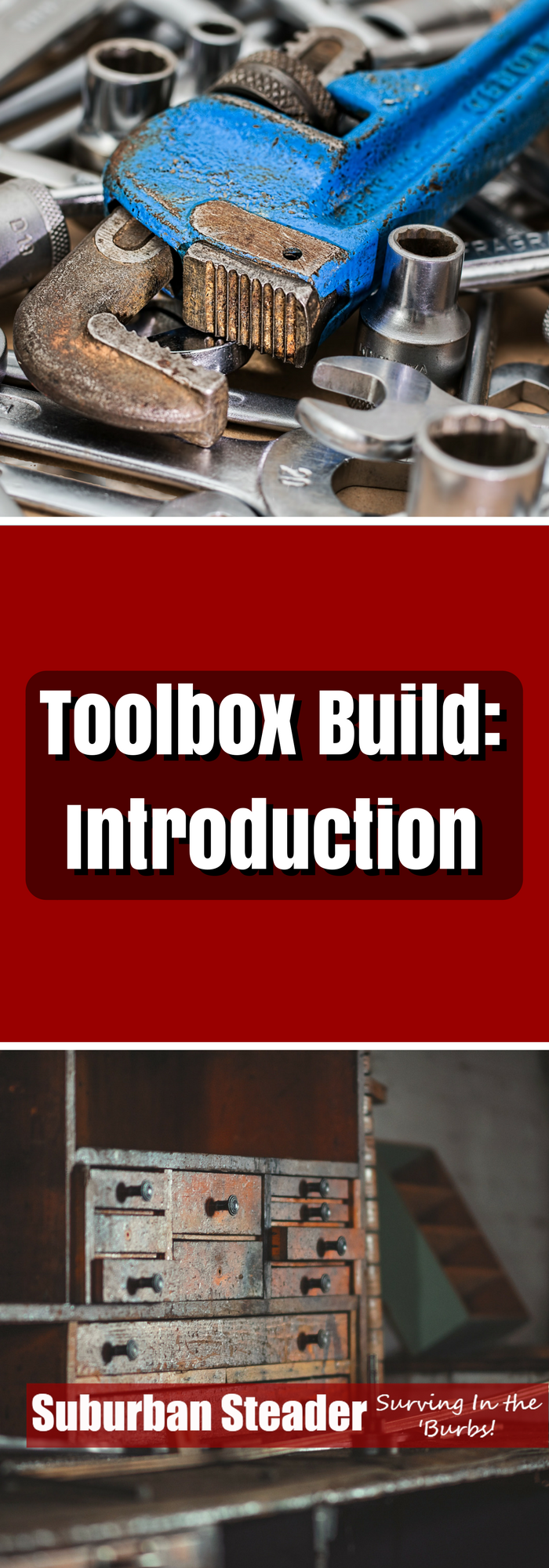




 There are so many benefits you’ll enjoy when you make a backyard aquaponic system. Unlike a fish pond where you’ll have to exchange water every now and then, an aquaponic system relies on the relationship between plants and aquatic animals. Freshwater fish release ammonia which is converted to nitrite by a nitrifying bacterium called Nitrosomonas. Another nitrifying bacterium called Nitrobacter converts the nitrite to nitrate which is used by the plants to freshen the water for the fish. This process of converting ammonia to nitrite then to nitrate is referred to as “the nitrogen cycle.”
There are so many benefits you’ll enjoy when you make a backyard aquaponic system. Unlike a fish pond where you’ll have to exchange water every now and then, an aquaponic system relies on the relationship between plants and aquatic animals. Freshwater fish release ammonia which is converted to nitrite by a nitrifying bacterium called Nitrosomonas. Another nitrifying bacterium called Nitrobacter converts the nitrite to nitrate which is used by the plants to freshen the water for the fish. This process of converting ammonia to nitrite then to nitrate is referred to as “the nitrogen cycle.”

